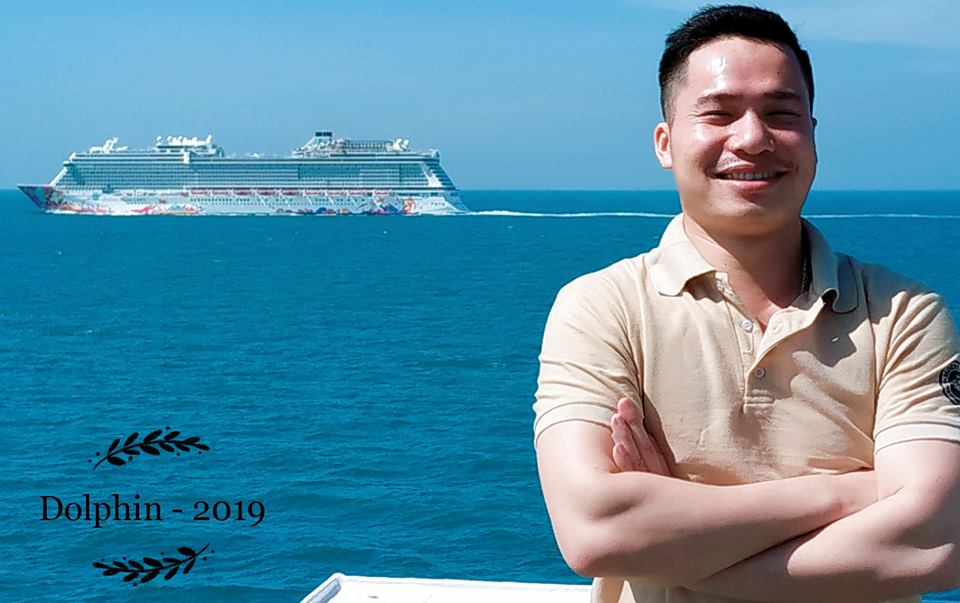
I am an experienced Captain. Mainly sailed on Chemical Tankers.
Samuel Plimsol is the person who has a great contribution to the maritime industry.
Long back the ships used to sail fully loaded and with hardly any freeboard. These ships were also known as Coffin ships. Coffin ships because these ships were over-insured and it was more beneficial for the owner if the ship sinks. He would load the ship with hardly any freeboard and these ship would obviously sink in usual bad weather.
Samuel Plimsol worked really hard to pass a bill in the British parliament for minimum freeboard to maintain for the ships. The words "plimsoll marks" were derived from his name.
The point is that it is so important to have a minimum freeboard for any ship. Loadline convention gave a way to calculate the minimum freeboard for a ship and plimsol marks are marked on the sides of a ship as per the loadline convention.
But why do we have the deck line ? What is its significance ?
When we say "freeboard", from what point we need to measure the freeboard ? Can we say we should measure the freeboard from the top most point of the side plating ? If it was so, I as the owner can increase the fish plate height and will be able to load more cargo. Does increasing the height of the fish plate make the ship more seaworthy ? Absolutely not.
So here the Deck line comes into picture.
The deck line is a horizontal line marked amidships on each side of the ship. Its upper edge shall normally pass through the point where the continuation outwards of the upper surface of the freeboard deck intersects the outer surface of the shell plating.
In Simple words, Deck line is line from where freeboard is measure and is drawn at a point on midship where deck plate meets the side shell plate.
The deck line is fixed and marked when the vessel is built in the yard. It is not changed during the life of the ship. The deck line marking is 300 mm long and 25 mm in width.
Why Do loadline changes on ships ?
There can be many reasons why loadlines are changed on ships with dual loadlines. Let us discuss two of these reasons.
1. To avoid some of the requirements
Imagine there is an Oil / chemical tanker of 22000 T deadweight. This ship has been carrying chemical for whole of its life. The vessel do not have inert gas system as chemical tankers are not required to have one (though this requirement has recently changed).
Now suddenly the ship has to load oil cargo. As per SOLAS oil tankers of more than 20000 deadweight need to have inert gas fitted.
The easiest solution for the ship owner is to increase the freeboard and reduce the deadweight of the ship to 19999. Now the ship will not need to have inert gas system on board and ship can load the oil cargo.
As class issues the load line certificate to the ship, to change the loadlines, ship owner need to make a request to the class to attend the vessel for change of loadline.
2. To enter a port with deadweight restrictions
Many ports of the world has limitation on the size of the ship they can berth. If a ship does not fit in that range, ship owner can reduce the deadweight of the ship by changing the loadlines. This way ship would be fit to enter and berth in that port as now the official deadweight of the ship would have changed.
Top Contributors
Best Question of the Month
Asked By

Best Answer of the Month
A: Let us say that you are loading in tropical load line zone and destined for a port in summer load line zone. The entry point of summer load line zone...
Answered By



.jpg)

Thank you so much sir , I share this same with my seniors and only advise I got from them is this deck line may change if there is major alteration to ship structure, off course it should mention in new load line certificate . Plz confirm sir. Thanks in advance
Yes the deck line will change if there is major alteration. But by major alteration it would mean that the deck plating has changed. In case of any other alteration which affects the reserve buoyancy then the load lines would change and not the deck line.